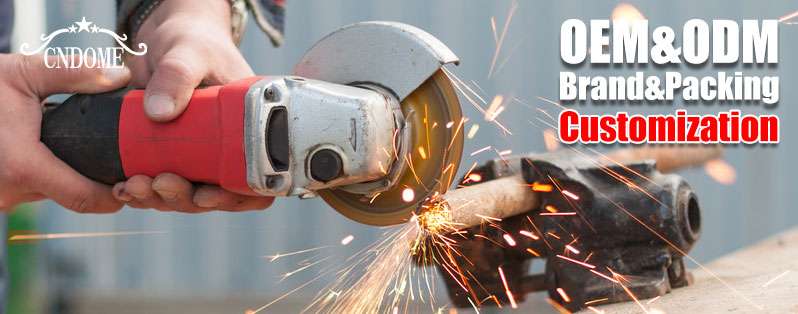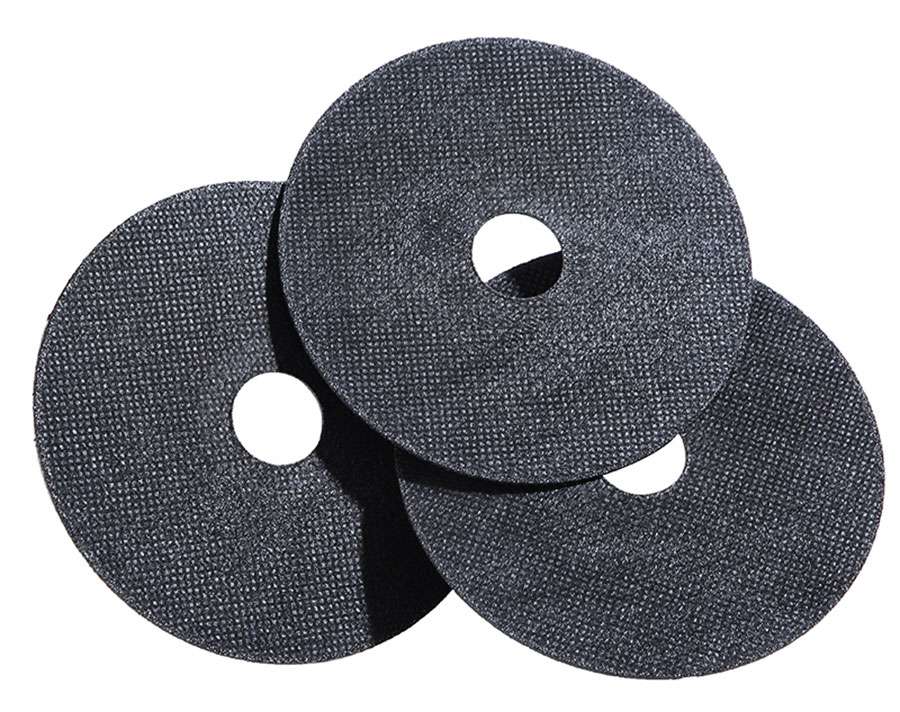Cutting discs are indispensable tools across various industries, revolutionizing the way materials are cut, shaped, and fabricated. Among these, 230 cutting discs stand out as versatile solutions for a myriad of cutting tasks. However, within this seemingly uniform category lies a spectrum of thicknesses, each with its own unique set of advantages and applications. In this exploration, we delve into the world of 230 cutting discs, unraveling the significance of different thicknesses and their implications on performance and efficiency.
Why Thickness Matters
The thickness of a cutting disc affects several key aspects of its performance:
- Cutting Speed: Thinner discs cut faster because they remove less material with each pass. This is ideal for quick, clean cuts.
- Durability: Thicker discs are generally more durable and can withstand more stress and heat, making them suitable for heavy-duty cutting tasks.
- Material Compatibility: Different materials require different disc thicknesses for optimal cutting performance and safety.
Common Thicknesses of 230 Cutting Discs
230mm cutting discs typically come in various thicknesses, each designed for specific applications. Here are the most common options:
- 1.6mm to 2mm: These ultra-thin discs are perfect for cutting sheet metal, thin steel, and other light materials. Their thin profile allows for precise, fast cuts with minimal material loss and reduced heat buildup.
- 2.5mm to 3mm: These medium-thickness discs offer a balance between speed and durability. They are versatile and suitable for a variety of cutting tasks, including cutting metal pipes, profiles, and small to medium-sized structural steel.
- 4mm to 6mm: Thicker discs are designed for heavy-duty cutting operations. They provide greater stability and can handle thicker materials such as rebar, large metal beams, and other substantial metal objects. They are also more resistant to bending and breakage under high stress.
Choosing the Right Thickness for Your Needs
When selecting the right thickness for your 230mm cutting disc, consider the following factors:
- Material to be Cut: Match the disc thickness to the material’s thickness and type. Thinner discs are better for thin materials, while thicker discs are suited for heavier, thicker materials.
- Cutting Speed vs. Precision: For quick cuts with high precision, opt for thinner discs. For tasks requiring more durability and less precision, thicker discs are preferable.
- Tool Compatibility: Ensure that your angle grinder or cutting tool is compatible with the disc thickness you choose. Using an inappropriate disc thickness can affect tool performance and safety.
- Safety Considerations: Always prioritize safety. Thinner discs are more prone to breakage if misused, so handle them with care. Thicker discs, while more robust, can generate more heat and require more power to operate.
Best Practices for Using 230mm Cutting Discs
To maximize the efficiency and lifespan of your cutting discs, follow these best practices:
- Proper Storage: Store discs in a dry, cool place to prevent moisture damage and warping.
- Correct Mounting: Ensure discs are mounted correctly on the tool, following the manufacturer’s instructions.
- Appropriate Pressure: Apply the right amount of pressure during cutting. Too much pressure can cause disc breakage, while too little can lead to inefficient cutting and disc wear.
- Regular Inspection: Inspect discs regularly for signs of wear, damage, or cracks. Replace damaged discs immediately to avoid accidents.
Conclusion
Selecting the right thicknesses of your 230 cutting discs can greatly impact your cutting tasks’ efficiency, safety, and quality. By understanding the different thickness options and their applications, you can make informed decisions that enhance your cutting performance and extend the life of your tools. Always prioritize safety and follow best practices to ensure a smooth and successful cutting experience.



